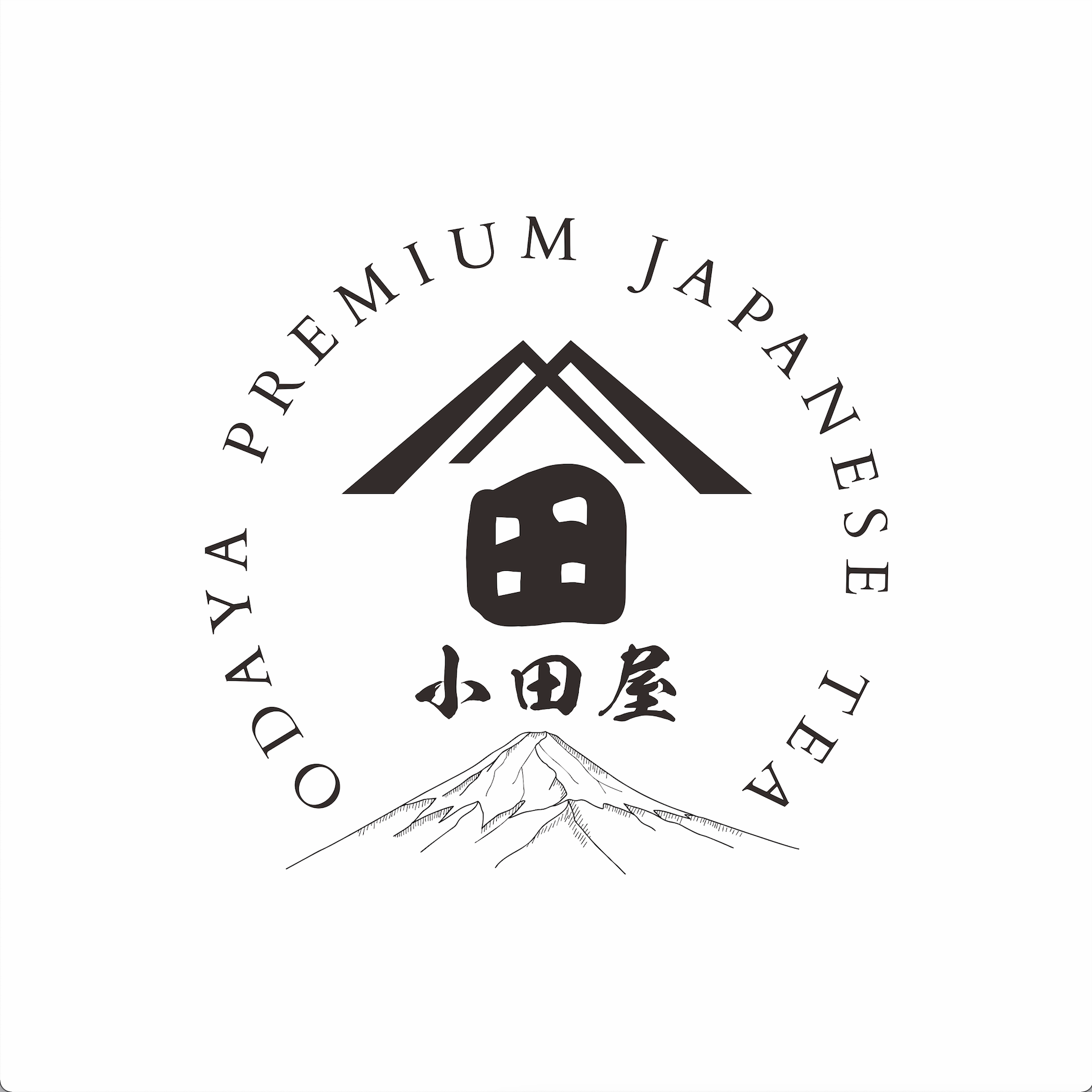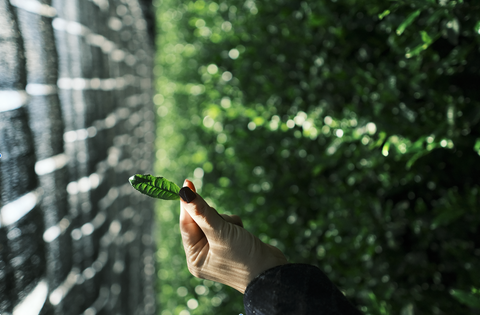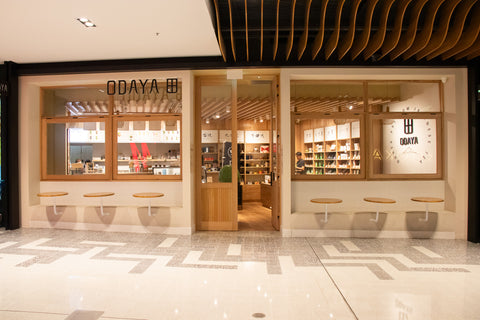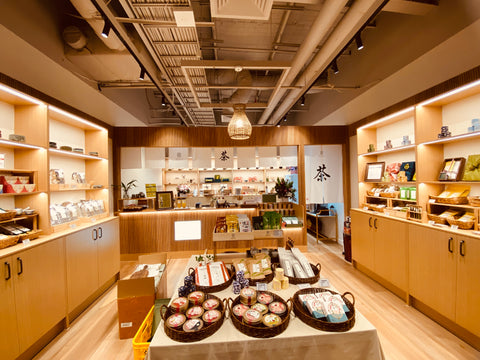Three Main Japanese Tea Regions
Three Main Japanese Tea Regions
Japanese tea has a long history. Tea was first introduced to Japan from China in the 8th century when Nara was the capital of Japan. It was used by Buddhist monks as an aid to meditation and was believed to be good for both body and mind. Gradually it became integrated into the daily life of the Japanese people and became the main beverage in Japan.
But do you know there are three main regions of Japanese tea?
"Shizuoka Prefecture (Shizuoka-ken)", "Kagoshima Prefecture (Kagoshima-ken)", and "Mie Prefecture (Mie-ken)" are known as the three main tea-producing regions in Japan.
Shizuoka Prefecture has the highest production of Japanese tea in Japan. With an annual production of approximately 30,000 tons, it holds 40% of the national market share. Kagoshima Prefecture, in second place, produces about 28,000 tonnes. Mie Prefecture, in third place, produces around 6,000 tons. The combined production of Shizuoka Prefecture and Kagoshima Prefecture is approximately 70% of the domestic production.
Kagoshima prefecture has 15,900 hectares of tea cultivation, while Shizuoka prefecture has approximately twice that amount. The tea fields in Shizuoka Prefecture are spread throughout the prefecture and are also the centre of tea production and distribution in Japan.
In addition, Kagoshima Prefecture is a high-producing area for tea due to its warm climate. It can be harvested about five times per year, from the end of March to the beginning of November.
Mie Prefecture is the most productive region for Kabusecha in Japan. Kabusecha is a type of tea that grows by covering the tea leaves and shading them from the sun. By blocking the sunlight, it produces tea with less astringency and a rich flavour. Kabusecha from Mie is a popular tea that combines the characteristics of Gyokuro and Sencha.
Three Best Japanese teas
"The colour of Shizuoka, the fragrance of Uji, the taste of Sayama".
This old song shows us the three premium teas in Japan. Here we will try to introduce these three most famous teas: the Shizuoka tea, the Uji tea, and the Sayama tea.
- Shizuoka-cha (Shizuoka tea)
The history of tea cultivation in Shizuoka dates back to the Kamakura period (1185-1333). By the Meiji period, as Tokugawa Ieyasu was a great lover of tea, he established a large scale tea plantation in Shizuoka, and since then, Shizuoka tea has flourished. Shizuoka Prefecture is known as the best source of green tea in Japan for its centuries-old quality.
Shizuoka Prefecture is the largest producing area of Japanese tea. With an annual production of about 30,000 tons, it holds 40% of the market in Japan. It is mainly due to the warm climate and abundant rainfall in the area. Even in the coldest winter, it does not snow much in Shizuoka, making it suitable for tea growing. In particular, Shizuoka tea, which is produced in the mountains, has a rich flavour due to the long hours of sunshine and the difference in temperature between day and night.
Apart from the climate, the other factor that influences the unique flavour of Shizuoka tea is the method of tea steaming, which is adapted to the terrain. In Japan, there is a saying that "the character of crude tea is determined by the method of steaming". Roughly defined, there are three types of steaming methods: regular steaming, light steaming and deep steaming. Tea grown in mountainous areas is generally steamed in regular or light steaming, while deep steaming is usually applied in plain areas.
Furthermore, Shizuoka tea is known for its health benefits, stress reduction and richness in antioxidants. Shizuoka has various teas such as Tencha, Sencha through Genmaicha (brown rice tea), Hojicha (roasted tea), etc.
- Uji-cha (Kyoto tea)
Uji tea is the collective name for all Japanese green teas produced in Uji, Kyoto. The three main types of Uji tea are Matcha, Sencha and Gyokuro. Kyoto Prefecture, where Uji tea is produced, has a long history of tea ceremonies and is the most productive region for Gyokuro and Matcha in Japan.
Japanese tea originated in China during the Tang Dynasty, which was during the Heian period of Japan when Chinese influences were at their peak. When tea seeds were introduced to Japan, they were initially planted in Toganoo. These seeds were later spread to Uji and became the source of the highest quality tea in Japan.
Uji has witnessed the diversification of Japanese green tea. In the 16th century, Uji saw the birth of high-grade matcha, which was only accessible to the nobility. The advent of matcha gave rise to the culture of the tea ceremony. In the 18th century, the invention of Sencha fulfilled normal people's needs.
Gyokuro was created by combining these two tea production techniques. The success of tea ceremonies such as Tcha, Chanoyu, and Senchad is closely linked to the increasing popularity of Uji tea.
- Sayama cha (Saitama tea)
Sayama tea is a Japanese tea produced in the Sayama region of Saitama Prefecture. Tea has been growing here since the Kamakura period. In the Edo period, the first method of making steamed sencha was introduced in the Kanto region, and the Edo people gradually loved the taste. Although the yield of the tea harvested in Sayama is small, twice a year (it has a mellow taste), which is why it is known as one of the three best teas.
In addition, the most important factor in determining the flavour of Sayama tea is the production process " 狭山火入れ", which dries the thick leaves by strong fire. As a result, the aroma is so strong that a small amount of tea can brew a cup of aromatic tea.
Sayama tea, which has high quality but low yield, is mostly produced and sold by private tea plantations. The limited production capacity further enhances the rarity of Sayama tea.



